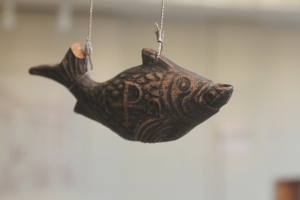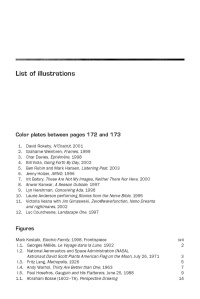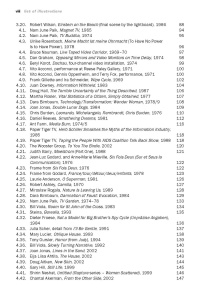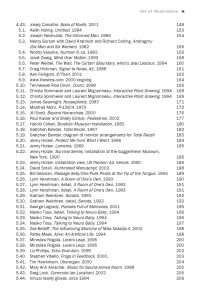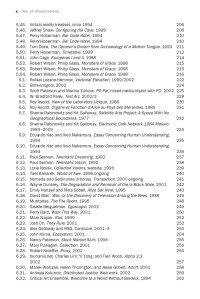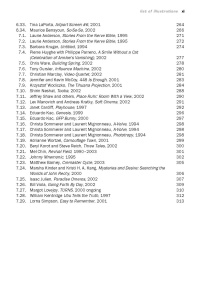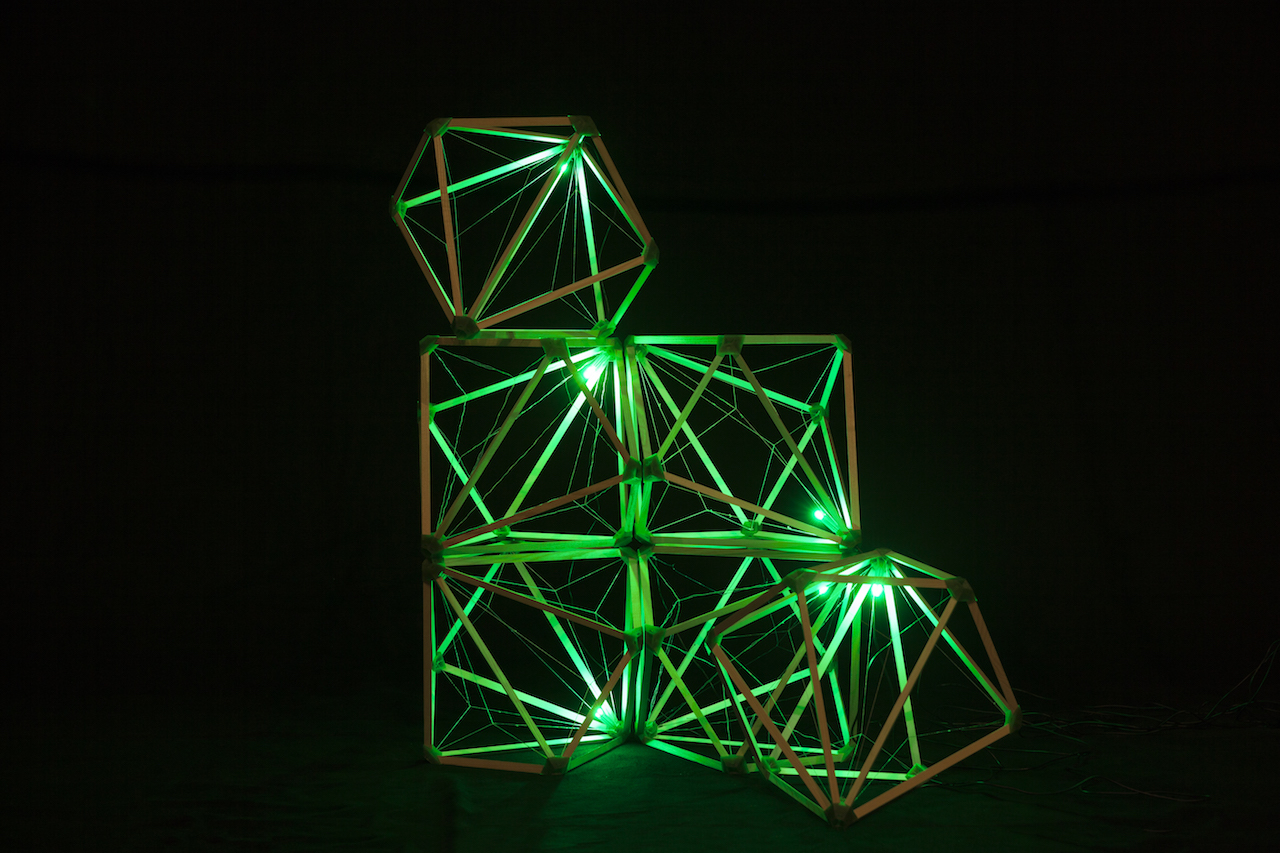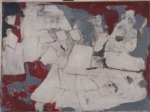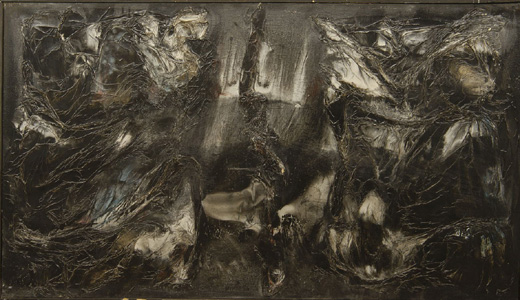FROM
https://2017.transmediale.de
Among the festival highlights are
1.
Amnesia Scanner & Bill Kouligas,
Bill Kouligas and Amnesia Scanner’s “Lexachast” project had its debut as a website with generative visuals from Harm van den Dorpel, who programmed the site to live stream pictures uploaded in real time onto Flickr and DeviantArt, algorithmically filtered to show the most NSFW content. This project will now be expanded in a live premiere for Unsound, combining uneasy imagery with mangled dystopian music from PAN label boss and one of the most futuristic duos around.
PAN founder Bill Kouligas has teamed with producer Amnesia Scanner and visual artist Harm van den Dorpel for a mysterious new project called LEXACHAST.
The project’s website plays a 15-minute composition built from skittering rhythms, jagged beats and strange visuals. Head to the website to take it all in (it works best in Firefox) and read the cryptic message they’ve shared with it below.
http://lexachast.com
https://www.youtube.com/watch?v=FDmFtCuHvNE
2.
Morehshin Allahyari und Daniel Rourke,
WHAT IS #ADDITIVISM? Critical Perspectives on 3D Printing :: Morehshin Allahyari & Daniel Rourke
https://www.youtube.com/watch?v=zbhR_vEUiK4
Published on Dec 7, 2015
studioforcreativeinquiry.org/events/lecture-workshop-what-is-additivism-critical-perspectives-on-3d-printing-with-morehshin-allahyari-daniel-rourke
twitter.com/morehshin
twitter.com/therourke
via-2015.com/
The 3D Additivist Manifesto calls creators and thinkers to action around a technology filled with hope and promise: the 3D printer. By considering this technology as a potential force for good, bad, and otherwise, visiting artists Morehshin Allahyari and Daniel Rourke aim to disrupt binary thinking entirely, drawing together makers and thinkers invested in the idea of real, radical, change.
In March 2015 Allahyari and Rourke invited submissions to an open-source ‘Cookbook’ of radical ideas that cut across the arts, engineering, and sciences. Inspired, in part, by William Powell’s The Anarchist Cookbook (1969), The 3D Additivist Cookbook will contain speculative texts, templates, recipes and (im)practical designs for living in this most contradictory of times.
A talk and Q&A session by Morehshin Allahyari and Daniel Rourke about The 3D Additivist Manifesto + The 3D Additivist Cookbook in addition to the screening of The 3D Additivist Manifesto video. Artists will talk about their own research and practice in relationship to Additivism and 3D printing.
3.
Rasheedah Phillips und Moor Mother von Black Quantum Futurism,
4.
Andreas Broeckmann,
http://www.mikro.in-berlin.de/abroeck/phd/
5. Finn Brunton,
Spam
A Shadow History of the Internet
By Finn Brunton
Overview
The vast majority of all email sent every day is spam, a variety of idiosyncratically spelled requests to provide account information, invitations to spend money on dubious products, and pleas to send cash overseas. Most of it is caught by filters before ever reaching an in-box. Where does it come from? As Finn Brunton explains in Spam, it is produced and shaped by many different populations around the world: programmers, con artists, bots and their botmasters, pharmaceutical merchants, marketers, identity thieves, crooked bankers and their victims, cops, lawyers, network security professionals, vigilantes, and hackers. Every time we go online, we participate in the system of spam, with choices, refusals, and purchases the consequences of which we may not understand.
This is a book about what spam is, how it works, and what it means. Brunton provides a cultural history that stretches from pranks on early computer networks to the construction of a global criminal infrastructure. The history of spam, Brunton shows us, is a shadow history of the Internet itself, with spam emerging as the mirror image of the online communities it targets. Brunton traces spam through three epochs: the 1970s to 1995, and the early, noncommercial computer networks that became the Internet; 1995 to 2003, with the dot-com boom, the rise of spam’s entrepreneurs, and the first efforts at regulating spam; and 2003 to the present, with the war of algorithms—spam versus anti-spam. Spamshows us how technologies, from email to search engines, are transformed by unintended consequences and adaptations, and how online communities develop and invent governance for themselves.
Obfuscation
A User’s Guide for Privacy and Protest
By Finn Brunton and Helen Nissenbaum
Overview
With Obfuscation, Finn Brunton and Helen Nissenbaum mean to start a revolution. They are calling us not to the barricades but to our computers, offering us ways to fight today’s pervasive digital surveillance—the collection of our data by governments, corporations, advertisers, and hackers. To the toolkit of privacy protecting techniques and projects, they propose adding obfuscation: the deliberate use of ambiguous, confusing, or misleading information to interfere with surveillance and data collection projects. Brunton and Nissenbaum provide tools and a rationale for evasion, noncompliance, refusal, even sabotage—especially for average users, those of us not in a position to opt out or exert control over data about ourselves. Obfuscation will teach users to push back, software developers to keep their user data safe, and policy makers to gather data without misusing it.
Brunton and Nissenbaum present a guide to the forms and formats that obfuscation has taken and explain how to craft its implementation to suit the goal and the adversary. They describe a series of historical and contemporary examples, including radar chaff deployed by World War II pilots, Twitter bots that hobbled the social media strategy of popular protest movements, and software that can camouflage users’ search queries and stymie online advertising. They go on to consider obfuscation in more general terms, discussing why obfuscation is necessary, whether it is justified, how it works, and how it can be integrated with other privacy practices and technologies.
Wendy Hui Kyong Chun,
Natalie Fenton,
http://link.brightcove.com/services/player/bcpid4363745438001?bckey=AQ~~,AAADbGWsArk~,5UmEqOPE2FJrPbMV8iB4XSPDtj6hz95g&bctid=4067511617001
SPS Seminar Series – Mediated Public Spheres, Professor Natalie Fenton
https://www.youtube.com/watch?v=6erWNJOZslk
Gabriele Gramelsberger,
Richard Grusin,
Erich Hörl,
Steve Kurtz,
Robert Latham,
Olia Lialina & Kevin Bewersdorf,
Esther Leslie,
Joep van Liefland,
Armin Medosch (Technopolitics),
Rosa Menkman, Metahaven,
Katja Novitskova,
Lisa Parks,
Johannes Paul Raether,
Evan Roth,
Susan Schuppli,
Felix Stalder,
Telekommunisten,
Suzanne Treister,
Addie Wagenknecht,
Jutta Weber, and YoHa.
Among the festival highlights are Amnesia Scanner & Bill Kouligas, Morehshin Allahyari und Daniel Rourke, Rasheedah Phillips und Moor Mother von Black Quantum Futurism, Andreas Broeckmann, Finn Brunton, Wendy Hui Kyong Chun, Natalie Fenton, Gabriele Gramelsberger, Richard Grusin, Erich Hörl, Steve Kurtz, Robert Latham, Olia Lialina & Kevin Bewersdorf, Esther Leslie, Joep van Liefland, Armin Medosch (Technopolitics), Rosa Menkman, Metahaven, Katja Novitskova, Lisa Parks, Johannes Paul Raether, Evan Roth, Susan Schuppli, Felix Stalder, Telekommunisten, Suzanne Treister, Addie Wagenknecht, Jutta Weber, and YoHa.

